Gut, grains, and autoimmunity: understanding cellular mechanisms of "leaky gut"
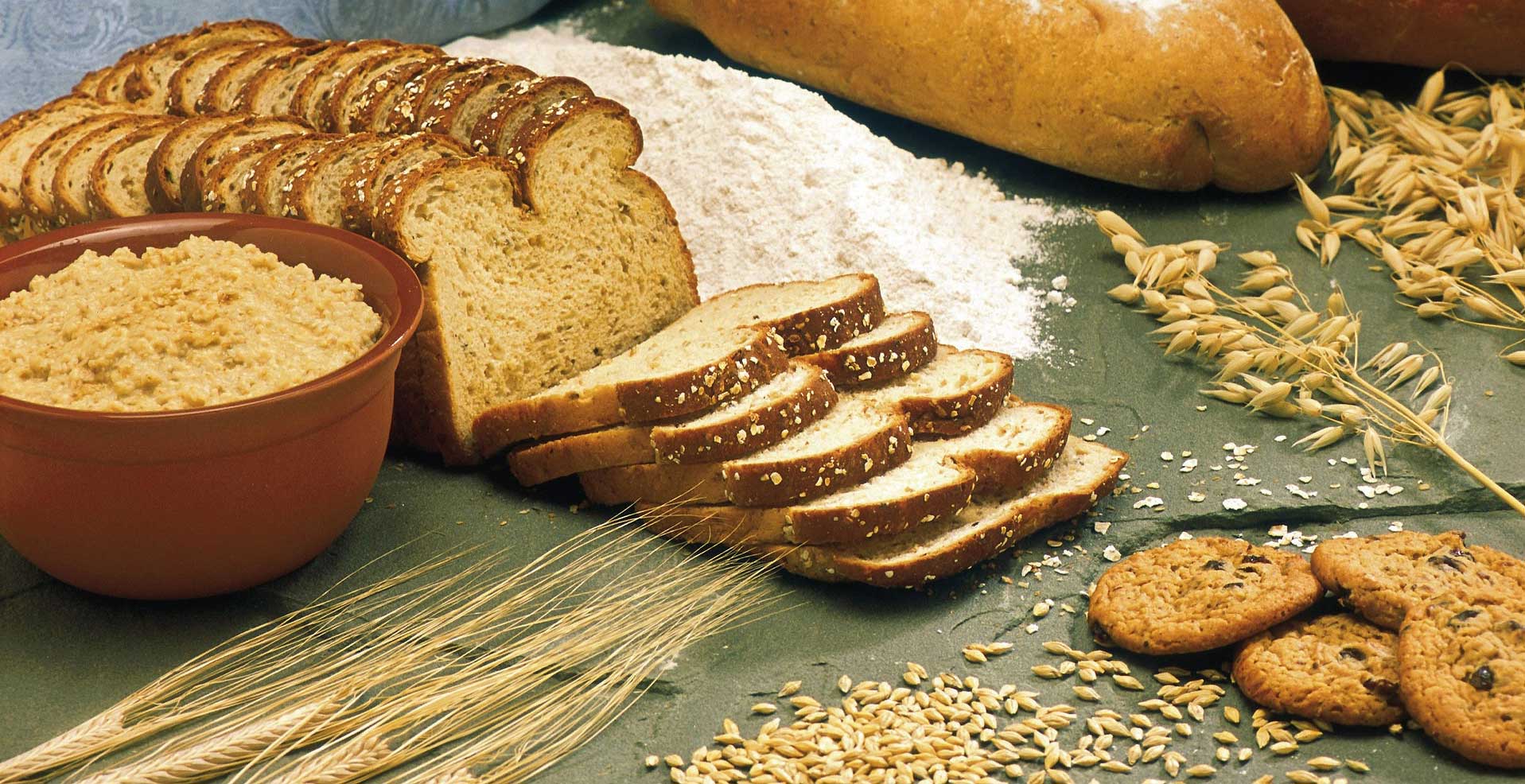
This article compiled materials from several talks given by Alessio Fasano in IHMC institute and Silicon Valley Health Institute. Alessio Fasano is a world expert on celiac disease and gluten-related disorders. His lab has discovered zonulin, a molecule that plays a vital role in intestinal permeability ("leaky gut"), thus turning the concept of "leaky gut" from the realm of speculations into a scientific fact. In this talk, Alessio Fasano expounds the mechanisms of developing autoimmune and chronic inflammatory diseases, and how they are tightly connected to the health of our gut and intestinal permeability in particular. You will learn about what happens inside our body when we eat gluten-containing foods.
Mechanisms of Autoimmunity and Chronic Inflammatory Diseases
"I want to discuss how nutrition can influence the composition of gut microbiota and what is the implication in autoimmune diseases and chronic inflammatory disease in general.
I'll start with a provocative slide: we are not born with a destiny to develop autoimmunity. System biology always had us believe that if you're born with a specific gene that puts you at risk for any kind of disease, autoimmune or anything, it is destiny. Sooner or later you will come down with it. What you are going to hear today is a total revisitation of the matter. Actually, it looks like, sure, you have to have a genetic predisposition for the diseases, but whether you do or do not develop it - this is totally in our hands. In other words, it's the way that we live, our lifestyle, that eventually may put us in trajectory when these genes operate into the development of these diseases. And by the same token, if we have a specific lifestyle that would never make this materialize, we can live long and happy lives.
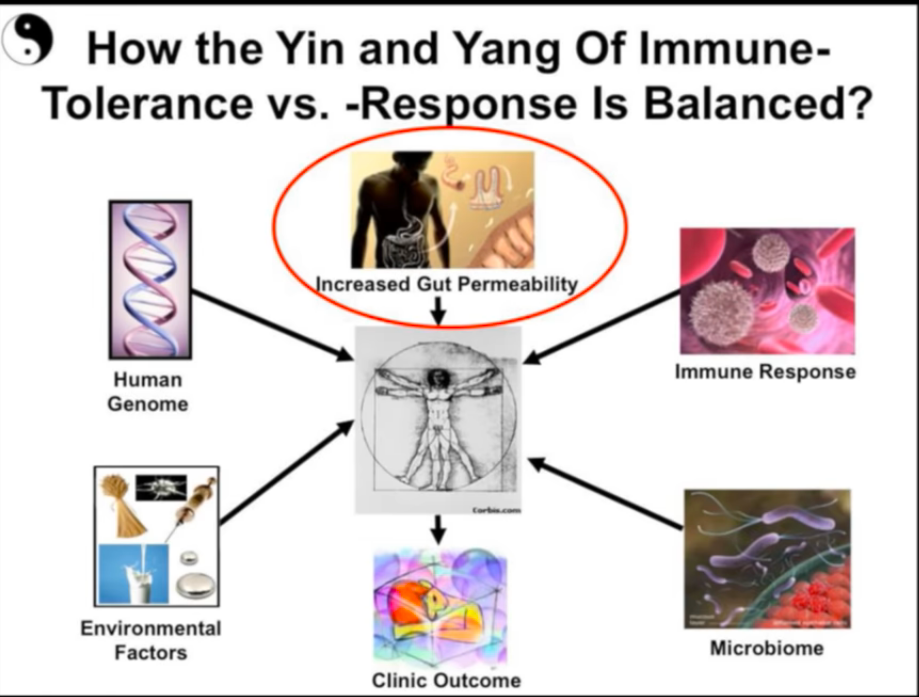
So everything depends on us. And this really reassuring thinking stems from the appreciation that the recipe to develop chronic inflammatory diseases, including autoimmune diseases is much more complex than we imagined in the beginning. For years the dogma was like this: you have a genetic predisposition, you are exposed to something in the environment, and that's how you develop the disease. Now again, we start to have a much deeper understanding of how this disease materializes. For sure, these two genetic elements, genetic predisposition and the environment, have got to be there. You have to have these genes that put you at risk of developing the diseases. And you have to have the exposure to an environmental trigger that activates the immune response of your body. However, because of your genetic predisposition, instead of the enemies from the outside of your body, the immune system starts attacking your own body. And that's how you develop chronic diseases including autoimmunity.
The third element that surfaced relatively recently is the loss of barrier function in your gut, this interface with the environment that generally protects us to prevent these two elements - genes that live within us and these factors that live outside our body - to physically interact. When you lose this barrier function, and specifically in the gut, since it's the most important interface with the environment, that can really translate in the potential onset of the diseases.
Most definitely, the immune system is part of the picture, because the immune system is doing something wrong. And finally, the last factor on which we are going to spend a fair amount of time, the gut microbiome is a key element that seems to be extremely important in developing of chronic conditions, provided that the other elements are there.
The Leaky Gut Theory: Facts and Fantasies
I would like to go through a few facts that we know about gut permeability to understand how the gut barrier is really regulated. Out of our interfaces with the environment, the gut barrier is the largest. In an adult, each of us has a tube 20 feet long. It was conceptualized until the recent past as a tube covered by a single layer of cells, all sealed with each other like a floor in which each tile would be a cell and the cement will seal spaces in between. Now, this 20-ft long tube is not smooth, it's made of valleys and hills, and the cells have villi, these finger-like protrusions that help to digest and absorb food. Bottom line: if you take this 20-ft long tube and you stretch on the floor, you will cover a double tennis court, a size of 3000 sq. feet. That's how much interface with the environment we have via the gut. Now, we perceived that it was engineered to maximize our capability to digest and absorb food, and we totally overlooked this key function: an interface with the environment. If you compare our other interface with the environment, skin, guts have 10 times the surface of the skin, 6 times more than the airways. This seems to be the potential port of entry of a lot of these enemies that, given specific genetic background, can put us out of balance.
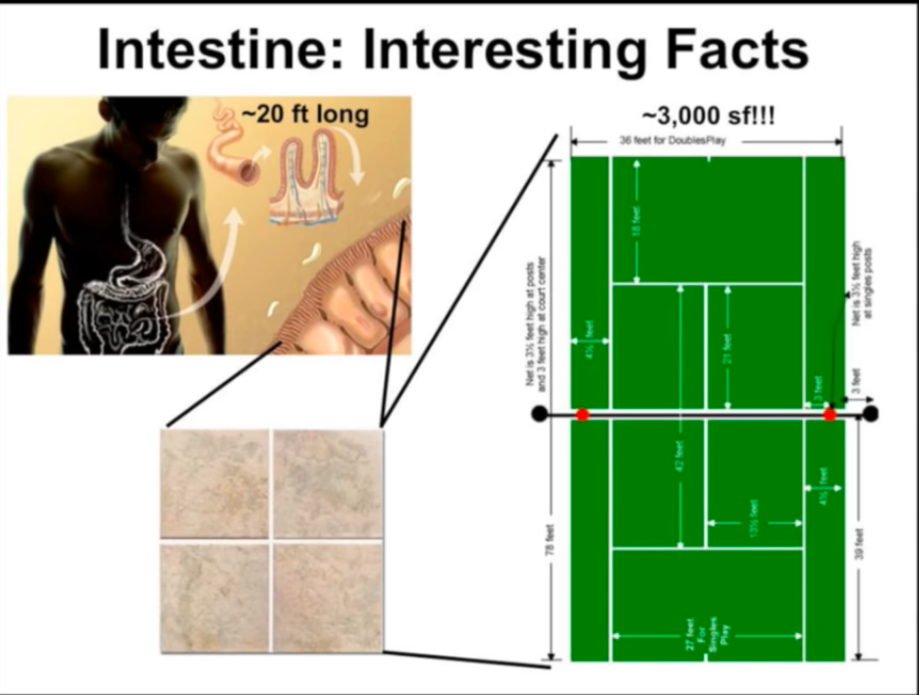
In the mid-70s, the Japanese group came with an unbelievable discovery. They noticed that the space between epithelial cells in the gut is not sealed with cement. There are doors. They are almost always closed, and they are called tight junctions. It means that there are moments in which these doors can be open and let stuff to come through. Within 10 years after this discovery, we found lots of elements that made up these tight junctions. Now we know that there are almost 50 components that make these doors. And there is a rule in biology: when there is redundancy and complexity, that means that the system must be extremely important for the key function of our body. Now we start to appreciate how important these doors are.
While we gathered information about the structure of these doors, one information was missing. Where is the key? Who opens and closes these doors? That was not known for many years, and our team by serendipity stumbled on this protein zonulin. It is the only known physiological modulator of these tight junctions, probably we are going to discover many more of them, but so far it's the only one that we discovered. What this molecule does for living is exactly that: under specific circumstances, zonulin will open these doors (tight junctions) for a short period of time, because we need to do that for very specific physiological purposes. But as it typically happens, when physiology is pushed to the limit and you go from the normal (rate of opening of these doors) to abnormal, some bad things can happen.
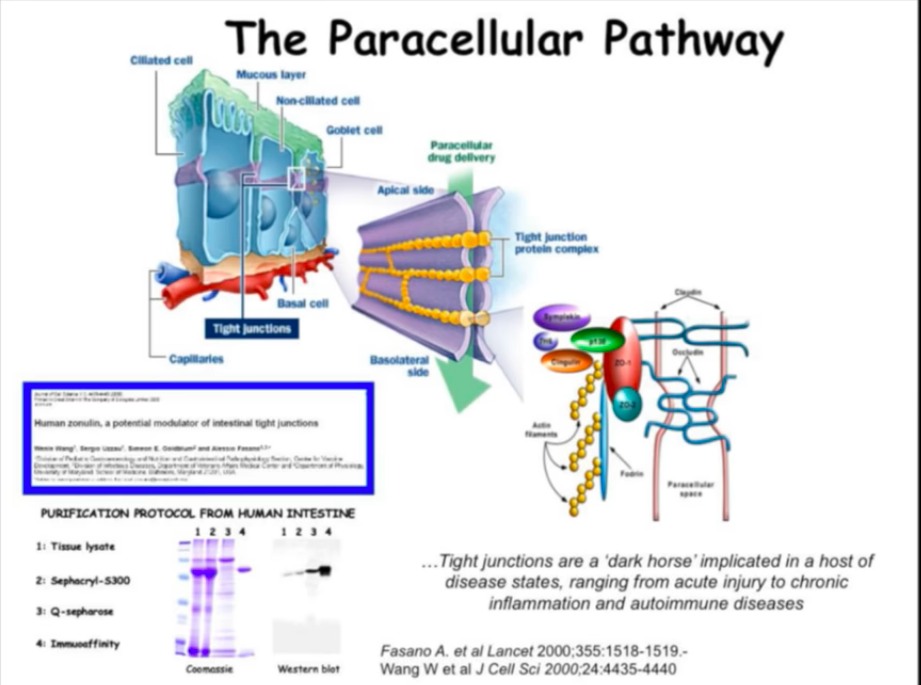
So what exactly will be the problem when instead of having tightly controlled doors, we get them stuck open for a long time? We got an answer by finding the stimuli that make zonulin to be released. Two most powerful stimuli that we were able to find so far are the wrong composition of microbiome and gluten. Gluten is this molecule that comes from grains and is very offensive for some people, particularly for the ones that have celiac disease, allergy, and non-celiac gluten sensitivity. Both these conditions (gut microbiome and gluten) are capable of triggering the release of zonulin. Once zonulin is released, there is a really complicated machinery that is turned on, and the final destination is the space between cells, this door. These doors go from close to open in a matter of 15-20 minutes. As soon as the stimulus is off, they get closed as fast. We want this tightly controlled opening and closing of these gates. We use it for several physiological reasons. At the gut intestinal level, this is the way for us to sample stuff from the environment so that our immune system will learn what is around and be trained to defend us in case when this invasion goes out of control.
Dietary Factors of Gut Permeability
Our species was not meant to eat gluten. That's the reality of the story.
For the 2.5 million years of evolution, the human kind has been gluten-free for 99.99% of the time. Gluten came into the picture only in the very last second of human evolution, 10,000 years ago, when our ancestors dramatically changed their life style from nomadic - in other words moving around with the seasons of the crops and migration of the animals - to settlers, in which they started to domesticate food and crops.
So the food procurement became more predictable, and we had time for much more creative stuff like building pyramids, Colosseum and so on. The grains that contain gluten that belong to this grass family, they came up with the agriculture. In other words, we did not evolve to deal with gluten. It just was something that we did not plan. What is the consequence of this?
The consequence is that gluten is toxic for everybody, but not everybody who eats gluten will get sick. That's the bottom line and I will tell you in a moment why.
So the agriculture started in Turkey, and then moved in all directions in a rate of 1 km per year, and then spread everywhere. And this was a very popular crop. In the ancient world of Egyptians and Romans, the wealth was built on the availability of this.
And the grains changed over time. Look at how the grains changed from the oldest specimen that the Romans used to eat to the newest one. Making bread in Egypt was a big deal. Unfortunately, the first beverage that was really developed is not wine as I wanted to believe, it was beer. Egyptians drank beer. The wealth was not measured by stocks and bonds but by how much grain and how much oil you own.
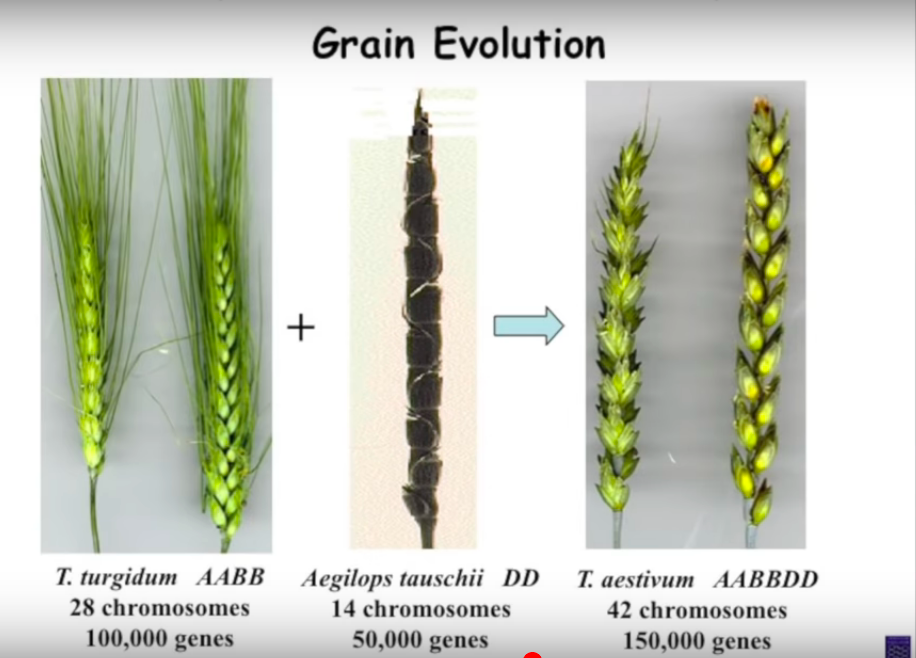
What is so special about gluten? First of all, when we talk about gluten, we talk about two proteins - gliadin and glutenin. They are both toxic to people with celiac disease and other related disorders. What is so special is that this protein is extremely elastic - and when you mix flower, water, and yeast, it creates a sort of chambers in which air can be trapped. So the dough puffs, and you have this beautiful croissant, the crushing bread. But the beauty comes with the beast. It's so unique as a protein, and that's why it is so toxic. It cannot be digested. So, I don't want to go in technicalities, but imagine a protein as a pearl necklace, each of these pearls is a basic component that we call aminoacids. Each protein that we put in our mouth, in order to make use of it, we need to break the necklace first, cut the pieces and then peel one aminoacid at a time, so that we can bring it in. We can do this with each protein that we put in our mouth, with the exception of this one here. Due to a strange composition, the best that we can do is to break it and make pieces. But we cannot completely dismantle gluten into single aminoacids. When I say we, I mean human species, all of us. We don't have, in other words, the scissors that are technically called the enzymes, digestive enzymes produced by the pancreas or by the intestine, to do this job.
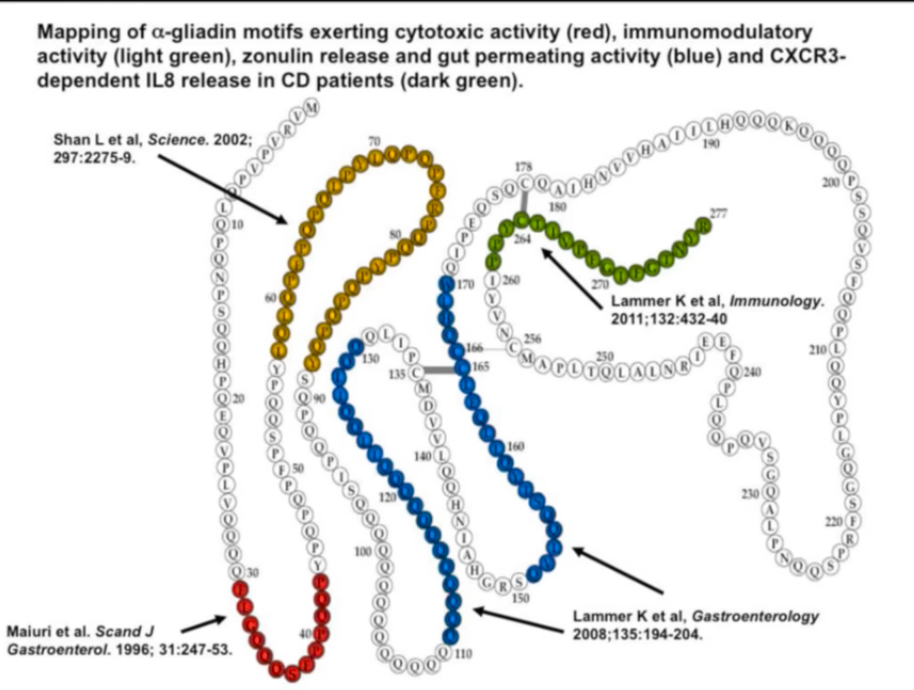
It's also important to understand that the immune response, this phenomenon when the immune system starts to fight the enemy and create this collateral damage that we call inflammation, is mainly instigated by proteins, or pieces of proteins, because most parasites are composed of proteins.
So, the fact that gluten cannot be completely digested and has the capability, through these two pieces of the necklace here in blue, to make the intestinal leak, is a great instigator of inflammation. It will be seen by our immune system as an invader that can create danger. And the immune system goes all in to get rid of it.
Now, disclaimer: this happens in everybody.
In fact, everybody who eats gluten will have a leaky gut. We eat gluten, gluten is digested incompletely, it will trigger the release of this molecule zonulin, zonulin will open this gate in between cells, and gluten will come underneath the epithelial cells.
Now, here, the destiny is different depending who you are. In the vast majority of people, the immune system will go after gluten, will clean it up and we will not know that it happened. A small percentage of individuals will lose this battle and will develop symptoms of one of the gluten-related disorders.
Note from AN: this article is based on Dr. Fasano's talk and discusses only gluten as a dietary factor of gut permeability as this is his main area of expertize. Apart from gluten, other dietary factors have been found to impact intestinal permeability, such as seed oils, some medicines, and some dairy products. These foods will be discussed in more details in later articles.
Zonulin Genetics and Diagnostics
We discovered Zonulin in 2000, and first, we were the only ones to produce papers on the topic, but now there is an explosion of scientific research on this topic. This is the list of diseases in which zonulin has been associated with, we did not see this coming.
The diseases are:
- celiac disease
- colitis and Crohn's disease
- tumors like glioma
- HIV
- multiple sclerosis
- non-alcoholic fatty liver disease
- non-celiac gluten sensitivity
- obesity and insulin resistance
- post-surgery sepsis
- psoriasis
- type 1 and type 2 diabetes.
And the list goes on and on. This all testifies that this tightly controlled space between the cells is so important to keep us healthy. When this goes out of control - because these are all conditions in which production of zonulin is so upregulated, so large, that these doors that were supposed to be open and closed, they get open and they get stuck open, and stuff comes all the time. It's like now you have this flood of stuff coming in. Now, parallel to the list of diseases that are being associated with the loss of barrier function - the so-called "leaky gut" - and again, this list is not complete - the other interesting thing is that the gene encoding zonulin sits on a chromosome 16, only 3% of human genome is there. But this chromosome is packed with genes that are being associated with three major diseases that affect humankind: mainly autoimmune diseases, cancers, and diseases of the nervous system - neuro-degenerative diseases. So, genes that are associated with inflammatory bowel disease, polycystic kidney disease, lupus, diabetes type 1, rheumatoid arthritis - all are sitting on this chromosome. A lot of cancer genes like breast cancer, lymphoma, prostate cancer are sitting here. Finally, in terms of diseases of the nervous system, Lou Gehrig's disease, MS, autism genes are sitting on this chromosome.
And the same categories of diseases have been linked to over-expression of zonulin, namely autoimmune disease, cancers (brain cancer, breast cancer, ovarian cancer, adenocarcinoma of lungs, pancreatic cancer), nervous system diseases like MS, schizophrenia, so on and so forth.
So it's interesting that something that supposedly acts in the gut has such an array of conditions that can affect any tissue in your body.
Indeed, what I like to say is that the gut is not like Las Vegas: what happens in the gut does not stay in the gut. So much can go wrong far from the intestines when the gut permeability system is screwed up.
With these diseases that I mentioned, particularly with autoimmune diseases, we are in the midst of epidemics. And this autoimmune epidemics is staggering. For example, in only 15 years we increased by almost 45% the prevalence of diabetes. This trend is continuing and the projection is that by the time we reach 2025, more than a quarter billion people will have diabetes, so an increase of 172%. This is scary. Even scarier is something that I have never seen in my professional life. The timeline is not 50 years anymore, the timeline is 30 years. The autism epidemics is happening here. One in 5000 in 1975, and today, it's not 1 in 88 anymore. One in 68 children in 2013 has autistic spectrum disorder. Only in 30 years, we have totally screwed up the entire story. Considering that the rate of male to female in autism is 4 to 1, in the next generation, 1 out of 4 boys will be out of commission because of autism. And you cannot blame genetics here. The time is way too short. We're changing the environment so fast that we cannot adapt anymore. And again, it is scary."
Dr. Fasano than proceeds to inform about the latest findings about the impact of the microbiome on celiac disease and concludes that the quality of the microbiome is a significant factor in the development of autoimmune diseases.
The Autoimmunity Process
But how exactly does the autoimmunity develop in some people once they digest gluten and induce leaky gut? Below illustration in Alession Fasano's article in Scientific American outlines the likely process of celiac disease.

The Moral of the Story
Think of our gut as an “outside” of our body. It’s a tunnel that goes from mouth to anus where some nutrients pass and our body takes in only those nutrients that it needs. For the nutrients that we need, we have specific receptors on the surface of our gut lining cells. The rest gets out of our body with stool. When we ingest gluten, we create intestinal permeability. Spaces between our gut epithelial cells (“tight junctions”) open and everything that’s in our gut, without discrimination, enters our body. Some large protein molecules (including gluten) enter as well. The immune system senses it as a threat because we are not supposed to have foreign proteins inside our body - usually, it lets through only the building blocks, aminoacids. When the body sees protein molecules, it interprets them as aggressors - viruses or bacteria, as they are also made of proteins. And thus our body launches immune response - inflammation.
This happens to everyone - not only people with celiac disease and gluten sensitivity. Everyone who has eaten gluten-containing products activates the intestinal permeability process for about 20 minutes after the gluten molecule has reached the gut. Now imagine that you follow the current dietary advise and eat every 2-3 hours, most likely ingesting gluten 6-9 times a day. Even if your tight junction close 20 minutes after the exposure to gluten (and it takes more time in many people), you are inducing many hours of daily gut permeability, and thus, inflammation that creates collateral damage in the body and can result in an attack on its own tissues.
As Dr. Fasano noted, leaky gut is associated with the host of diseases including autoimmune diseases, cancers, and neurodegenerative diseases. We certainly want to avoid “leaking” our gut more often that it is absolutely necessary.
Conclusion: it seems fairly reasonable to limit gluten in your diet. If you think that it’s absolutely impossible to live without bread, pasta or muesli, try to limit gluten-containing foods to one or at least two meals a day. Avoid wheat-containing products in your snacks.
The list of gluten-containing foods
Grains
- Wheat
- Derivatives of wheat:
- semolina
- farina
- durum
- emmer
- wheatberries
- farro
- graham
- einkorn wheat
- Rye
- Barley
- Malt in forms such as malted barley flour, malt extract, malt syrup, malted milk or milkshakes, malt vinegar, and malt flavoring.
- Brewer's Yeast
- Triticale
- Some oats: generally oats are gluten-free but very often they are processed in facilities that also process wheat and thus can become cross-contaminates. Look for oats with a specific "gluten-free" labeling.
Common foods that contain gluten
- Pasta: spaghetti, couscous, ravioli, gnocchi, dumplings, etc.
- Noodles: udon, ramen, soba chow mean (if they are made only with a percentage of buckwheat flour), egg noodles. Rice noodles and bean noodles are gluten-free.
- Breads and pastries: cupcakes, croissants, pita, naan bread, chapati, flatbread, bagels, cornbread, potato bread, rolls, donuts.
- Crackers: goldfish, graham crackers, pretzels.
- Baked goods like cookies, cakes, pie crusts, brownies.
- Cereal and granola: corn flakes and rice puffs often contain malt extract, and many granolas are made with regular oats that are contaminated with gluten.
- American breakfast foods: pancakes, french toast, waffles, biscuits, and crepes.
- Breading and coating mixes like breadcrumbs, foods fried in breadcrumbs
- Croutons: stuffings and dressings
- Sauces and gravies often use wheat flour as a thickener. These include traditional soy sauce and cream sauce.
- Flour tortillas
- Beer, unless it's explicitly gluten-free, and any malt beverages.
- Brewer's yeast
- Anything else that contains wheat flour and malt as an ingredient.
Some foods that may contain gluten
- Energy bars and granola bars: look for wheat and oats in the ingredient list (some oats are contaminated with gluten)
- French fries: some may have batter containing wheat flour
- Potato chips: some contain malt vinegar and wheat starch
- Processed meats usually contain wheat flour
- Candy and candy bars: look for wheat and malt in ingredients
- Soups: cream soups often contain flour or barley as a thickener
- Multi-grain or artisan tortilla chips or tortillas, if they are not entirely corn-based
- Salad dressings and marinades may contain flour, soy sauce, and malt vinegar
- Starch or dextrin can be from any grain including wheat
- Brown rice syrup may contain barley enzymes
- Meat substitutes from seitan (wheat gluten) such as vegetarian sausage, vegetarian burgers, imitation bacon, and imitation seafood.
- Soy sauce, although tamari made without wheat is gluten free
- Self-basting poultry
- Pre-seasoned meats
- Cheesecake filling - some recipes include wheat flour
- Some scrambled eggs in restaurants can be prepared with pancake batter containing wheat. Naturally, eggs are gluten-free.
Source of the list: Celiac Disease Foundation
So you see, the list of gluten-containing foods is quite long. What can you eat if not pasta and bread? Eat natural, unprocessed whole foods like vegetables and meats (if this agrees with your philosophy), eggs, some fermented foods like souerkraut. Yogis also rely a lot on ghee, clarified butter. If you do not have sensitivities to dairy products, add ghee to your food to make it more tasty and nutritious!
Sources:
Alessio Fasano. How Nutrition Can Shape Gut Microbita. Lecture in Sillicon Valley Health Institute
Alessio Fasano. The Gut is not Like Las Vegas. Lecture in TheIHMC
A. Fasano, C.Catassi. Current Approaches to Diagnosis and Treatment of Celiac Disease: An Evolving Spectrum. Gastroenterology, 120(3), 2001.
A. Fasano. Surprises from Celiac Disease. Scientific American, 2009.
Tissue Transglutaminase. Wikipedia Article.
